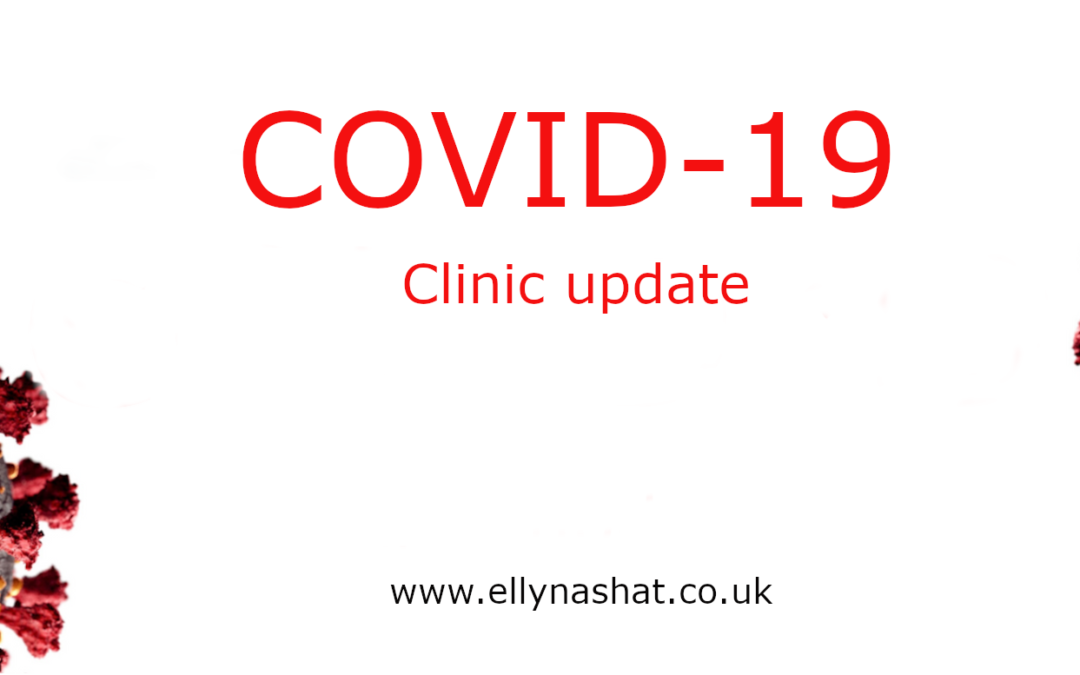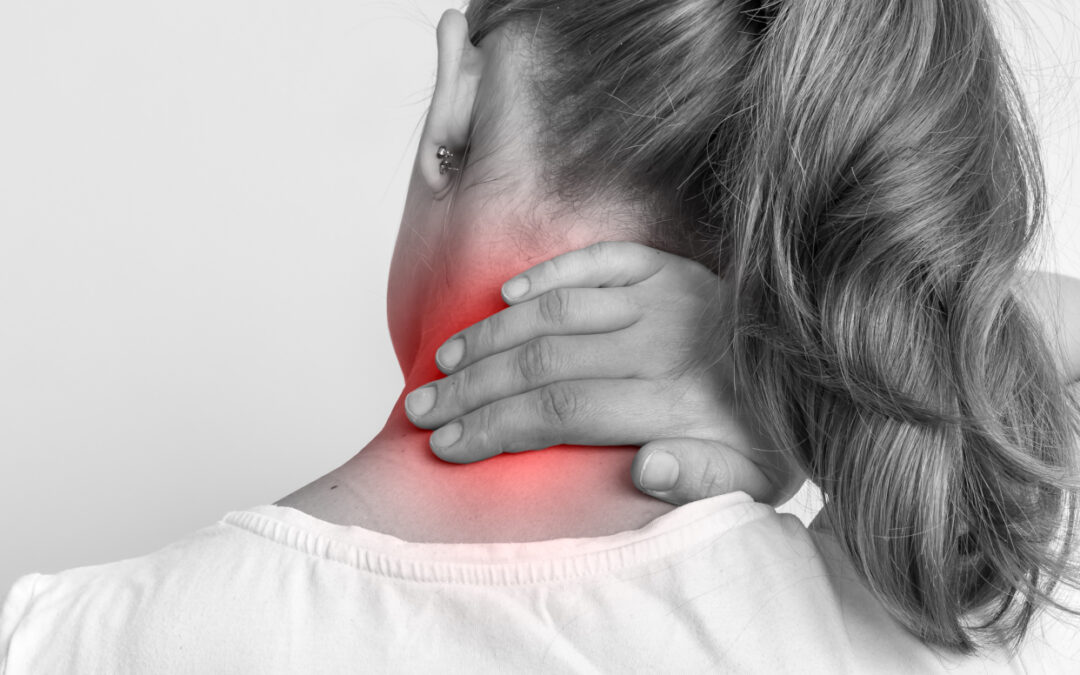The importance of hip strength and lower limb control in knee pain is well documented and researched. Many cases of knee pain have been successfully resolved by strengthening up these key areas and improving control, balance and proprioception to improve lower limb mechanics.
But sometimes this approach just doesn’t work despite valiant efforts from both therapist and client on their recovery.
So what if the problem isn’t lying above at the hips but below at the ankle and foot? What if a lack of mobility in one area is causing compensations up through the body?
How our feet and ankles move is vital to how our knees move on top of them and for our entire kinetic chain, though can often get forgotten during assessment.
1st MTP
The first place to assess is the movement of the first metatarso-phalangeal joint (1st MTP). Extension of this joint is essential to optimize the windlass mechanism during gait¹. Extending this joint shortens the plantar tissue on the sole of the foot, helping to create an arch and a rigid lever to push off from in the propulsive phase of gait (toe off). A minimum of 60 to 65° ² of 1st MTP extension is necessary for normal gait.
If we don’t or can’t move well at this joint the body will compensate a way round it, by changing how the foot moves through the gait cycle to allow us to continue propelling forward. This could look like a foot that rotates outwards, favours the 2-5 toes to push off, or perhaps a leg that swings round in an abductory pattern or twists out of the toe off phase, all good strategies for avoiding the 1st MTP!
A lack of movement at this joint affects the ability of the foot to re-supinate from a pronated foot position into toe off phase which has a big effect on muscle loading.
Just some of the knock on effects up the kinetic chain if the foot cannot re-supinate well mean that the calf muscles (Gastrocnemius/Soleus) cannot work through full range.
Tibialis posterior may remain under excessive load and be unable to contract well.
The knee may not reach terminal extension,meaning the main knee stabilising muscles (quadriceps) cannot work through full range.
The hip extensors (glutes and hamstrings) cannot work effectively to fully extend the hip. The leg may also stay internally rotated throughout the gait cycle, changing the way the knee joint is loaded and predisposing the patient to patello-femoral joint issues and medial knee loading. All these factors can impact the knee joint.
Ankle joint
The second key area to assess is ankle range of movement. I have written a blog about this previously looking at the potential compensation strategies we can employ to counteract a lack of available dorsiflexion in the ankle (This is the movement of the knee travelling towards the toes in gait).
We need approximately 1o° dorsiflexion³ in the ankle for a normal walking pattern, and more to ascend stairs, run etc. A lack of movement here can increase forces through the knee as the body propels itself forward, especially in activities such as squatting and running. This can be caused by a number of issues but often is either a joint restriction at the talocrural joint (ankle joint) or chronic tightness through the calf muscles.
Calf complex
It is very valuable to assess for chronic tightness of both the calf and hamstring muscles as this can prevent the knee from being able to fully straighten, again increasing load through the knee joint as it remains in constant flexion and the knee extensor muscles are unable to fully extend. This tightness could be caused either by a foot or a hip compensation or in some cases both!
In order for muscles and joints to work optimally they need to work through full range. Restoring this ability is a key part of a treatment programme.
If you find issues at the foot and ankle complex, spend a little time re-educating good movement patterns here to create a lasting effect up the chain.
Gait and movement analysis is incredibly effective at picking up sometimes subtle movement patterns that are difficult to see in static and couch based assessment and can give a different and valuable perspective on how the body works in motion.
For more information please get in contact. www.ellynashat.co.uk
#gaitanalysis #anatomyinmotion #movementisthekey
References:
Brukner and Khan: Clinical Sports Medicine 4th Ed 2012
The Journal of Orthopedic and Sports Physical Therapy 1984 :Vol 5 No. 5. William Boissenault: The Influence of Hallux Extension on the Foot During Ambulation
Loudin Janice: The Clinical Orthopedic Assessment Guide 1998







